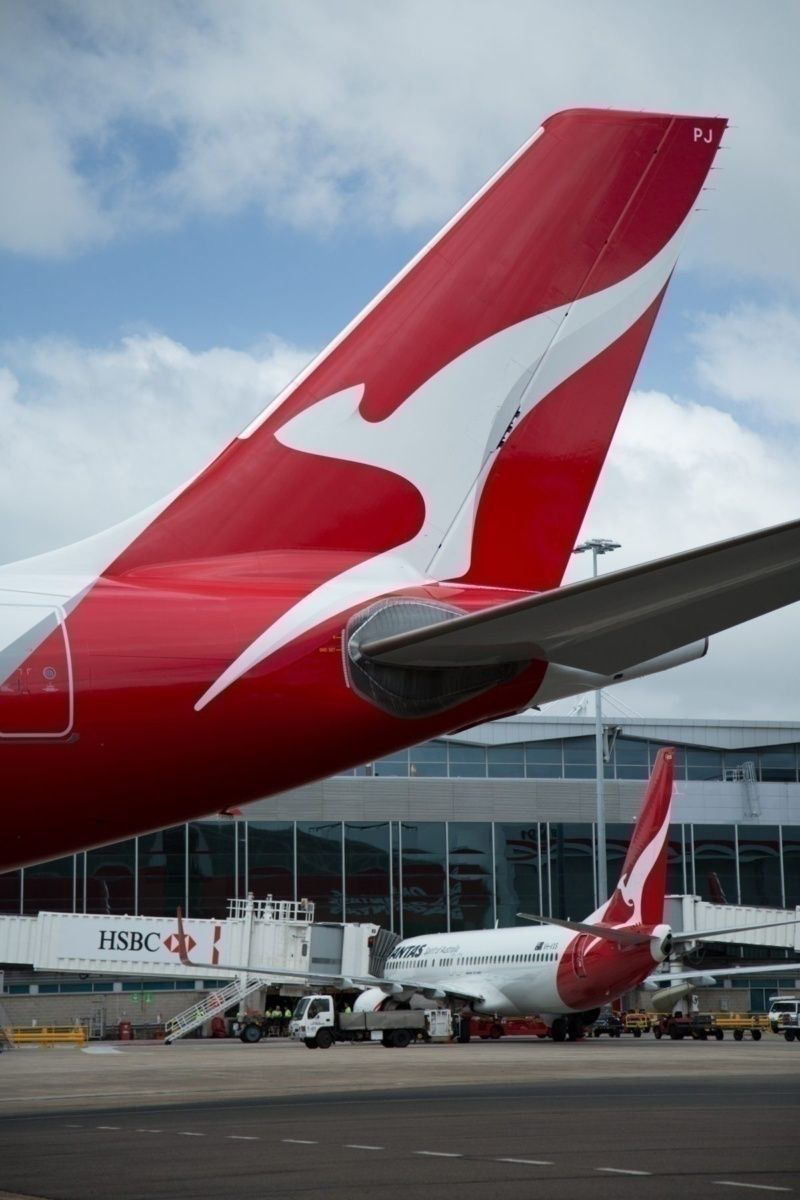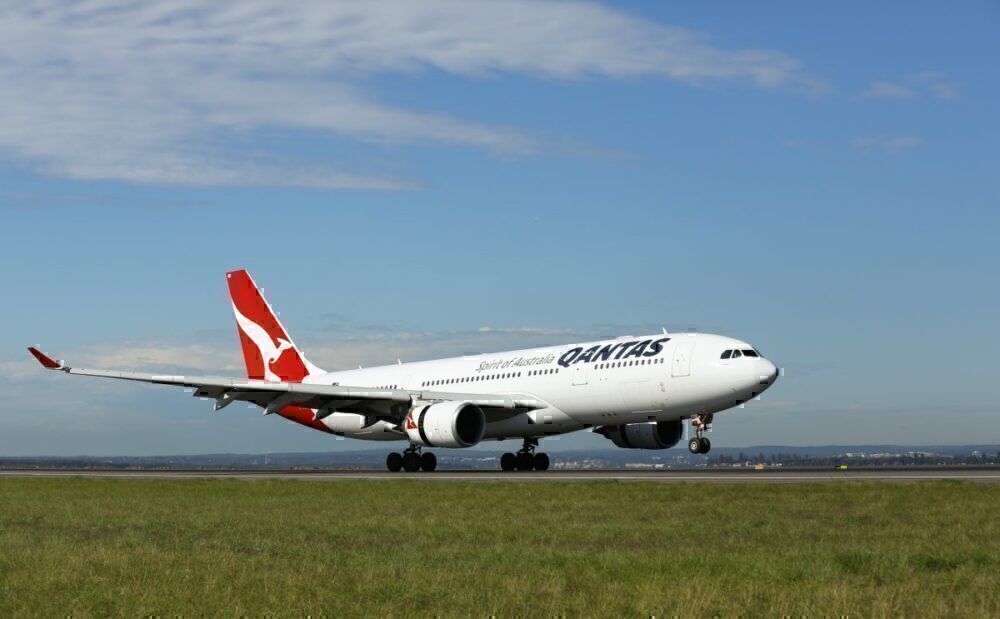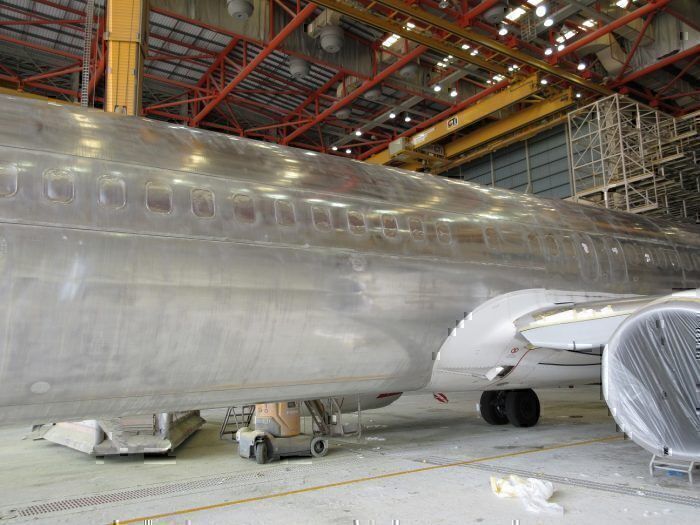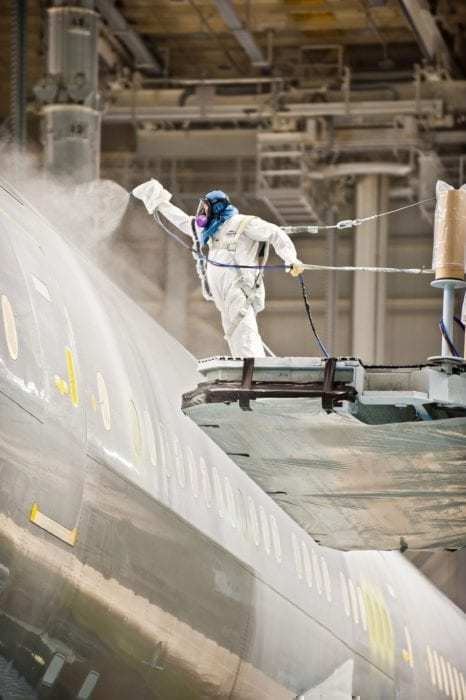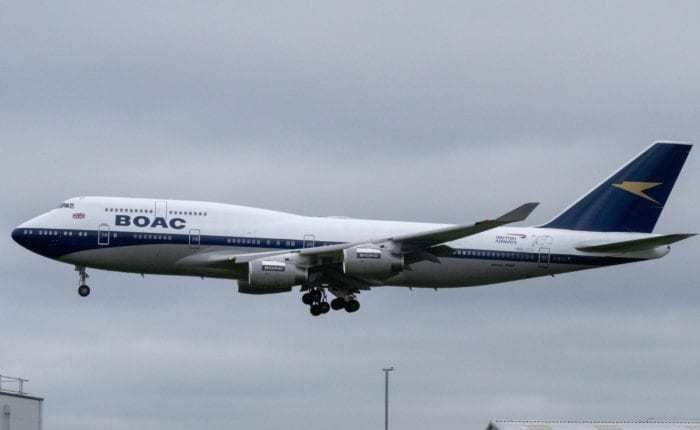Aircraft maintenance and upkeep are a significant part of airline operations, but not something we hear a lot about. Qantas gave us a bit of an insight into this with a post on how they prepare and repaint an aircraft, as this article explores.
Painting an A330
Scheduling service for aircraft is a complicated task. It's expensive both to carry out and to take aircraft out of operation. But updates need to be carried out, and regulatory requirements met. As well as regular aircraft maintenance, interiors are updated and refreshed, and the fuselage needs painting. Its common (and sensible), of course, to schedule different tasks and updates together, to minimize the time the aircraft is out of use.
Qantas shared an article in its Roo Tales blog, looking at how it repaints aircraft. This particular example was for an A330-300 aircraft, being repainted in 2017 as part of a repaint of over 200 aircraft in time for the airline's centenary in 2020.
At 63 meters long and 16 meters high, this is not a simple paint job! We take a look, based on the Roo Tales writeup, how this happens.
Step 1 – strip the fuselage
The first stage of a repaint is to remove the previous paint from the fuselage. All non-painted areas (including windows, engines, door frames) are covered, and the paint layer is chemically removed with solvent. The fuselage is then sanded down to leave the bare metal skin. This gives a chance to thoroughly inspect the fuselage too, and perhaps treat any corrosion.
You may wonder why you would not repaint over the existing paint, as you often would with a building, for example. This is to reduce weight. Avoiding excess weight is a critical part of any aircraft design. And according to Qantas, the paint on an Airbus A380 aircraft, as an example, can weigh over 500 kilograms.
Step 2 - repaint
The fuselage is then repainted in stages, one layer at a time. Paint is applied using a high pressure, but low volume, spray – aircraft are not pained by brush. The key here is to achieve a solid, even, and good looking coverage with a thin layer of paint.
First, a base layer is applied, to give protection to the fuselage. This is followed by each color and finally, a glossy top coat.
As each color layer is applied, the areas to not be colored and covered over. For Qantas, this means a white base layer followed by red, silver, and a shading effect. A high gloss top coat is then applied. Of course, each airline will have its own colors and systems, but this is partly why many airline liveries are just a few colors.
Why do airlines repaint aircraft?
Qantas claims it repaints aircraft on average around every 10 years. This is not just to refresh the exterior and allow for a change of livery. It also is important for performance. Dirt can build up on the surface, which reduces aerodynamic performance and makes the aircraft less efficient. Regular cleaning takes care of some of this, but there comes a time when a repaint makes sense.
Cracks and chips in the surface can also lead to corrosion. Regular painting helps to prevent this, but stripping back to inspect the metal fuselage is also important.
Most airlines operate on a similar schedule. United Airlines, for example, claims its aircraft are repainted every seven years. And, just like Qantas did here, it is common to see new liveries or designs appear when aircraft are repainted. British Airways, for example, repainted several of its Boeing 747 aircraft in historic airline liveries.
Do you know of any interesting or unusual aircraft painting stories, or liveries? Feel free to share them in the comments.

